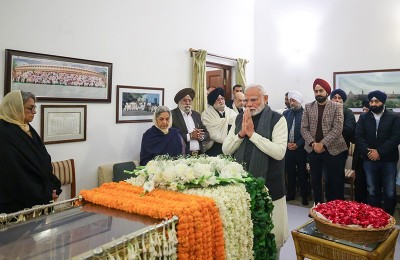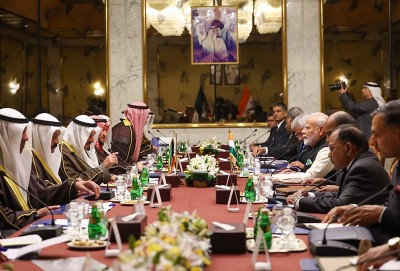
One in every 5 missing children in India is from West Bengal, data reveals
To be more accurate, the state of West Bengal reported 14,671 cases of missing children in 2014, which is more than 21% of the total cases reported in India. In other words, one in every 5 missing children in India is from West Bengal.
Even though the state has recorded a miniscule 7.4% decrease in the number of missing children over the last 5 years (2010-2014), the scenario falls far short of expectation.
Looking at the scenario from the National Crime Record Bureau (NCRB) data lens, West Bengal was among the top 5 states in the country in Kidnapping & Abduction (K&A) of children and accounts for 6% of such cases in the country. Cases related to kidnapping and abduction of minors in the state has grown by 608% over the last 5 years. Number of K&A cases in 2010 was 332 and over the last 5 years it rose to a whopping 2351 in West Bengal.
Another big area of concern is the gender skewing among missing children, as the MHA data reveals. Over 2010-2014, out of the 3.85 lakh children who went missing across the country, 61% were girls. A year-wise look at the gender-break up of missing children yields the following graph. We see that the share of girls is constantly 60% or more over the years.
The situation is worse in West Bengal. Missing children data from 2014 shows that 70% of the children who went missing in the year were girls.
Further analysis shows that around 40% of the missing children each year remained untraced.
A recent trend analysis done by CRY – Child Rights and You based on the NCRB data also shows that almost 75% of the cases related to procuration of minor girls across the country are concentrated in just 4 states in the East / NE region (WB, Assam, Bihar, Odisha), thus making this area a virtual hub of trafficking of minor girls. West Bengal alone accounts for more than 40% of the cases registered under Procuration of Minor Girls in India
Atindra Nath Das, Regional Director, CRY East, said, “It’s good that the state has recorded a decrease, however small it might be, in the number of missing children. But, Going by the current trend reflected in the Government data, West Bengal along with some other states continue to show worrying trends in cases related to missing children. There is a close linkage of missing children to organized crime. The magnitude of missing children in India and available on-ground evidence gathered by CRY over the last three and half decades indicate that large number of missing children are actually trafficked, kidnapped or abducted.”
Elaborating further, he added, “The Optional Protocol on Trafficking which states that trafficking is an organized crime has been recently signed by India (India signed the Protocol in December 2002, and ratified the same on 5th May 2011) thus acknowledging the link between missing and trafficked children.”
However, according to Das, “these crimes can be prevented by all means. To achieve this, the most important step is to strengthen the existing safety-net for protection of children, and also to bring forth an overall protective environment for them, both in letter and spirit.”
“On-ground experience also goes on to show that many of such cases are not duly reported, thus the actual magnitude of the issue can never be fully reflected from the existing data-base. Even though the recent Govt. initiatives like ‘Track Child’ and ‘Khoya Paya’ web portals are aiming at maintaining real-time data of all missing children containing extensive identification details to facilitate matching of missing and recovered children, the care-givers and the community should become more proactive in recording all such cases and take immediate action,” he suggested.
Support Our Journalism
We cannot do without you.. your contribution supports unbiased journalism
IBNS is not driven by any ism- not wokeism, not racism, not skewed secularism, not hyper right-wing or left liberal ideals, nor by any hardline religious beliefs or hyper nationalism. We want to serve you good old objective news, as they are. We do not judge or preach. We let people decide for themselves. We only try to present factual and well-sourced news.







